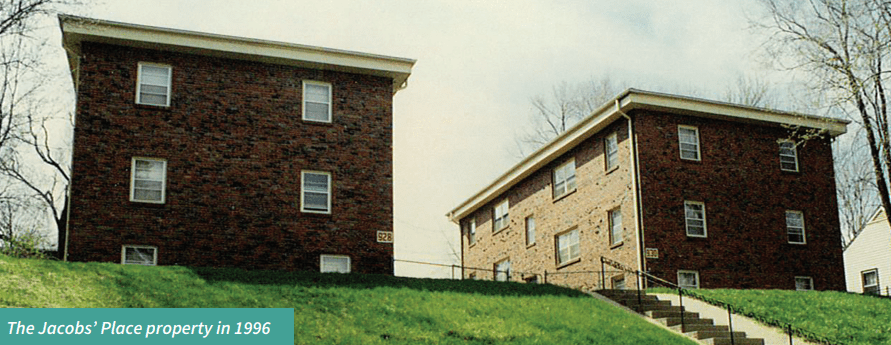Our Journey to 100 Years: A Vision for the Future
To commemorate our milestone 100th anniversary, our series called “Our Journey to 100 Years” continues. In this series, we’re taking you through OHB’s history and highlighting people, events and notable moments that have gotten us to today. The information in this series is gathered from a book that was written by John Carter as a labor of love to chronicle the first 75 years of Omaha Home for Boys.
Today, our journey takes us to a crossroads in the early 1990’s …
Entering a new decade in the 90’s, the Home was well established on two beautiful locations in North Omaha. Its quality of childcare was second to none. Nationwide direct mail fundraising generated the direct expenses for care for the boys and just as importantly led to bequests which bolstered the Home’s endowment fund.
Now, just as our visionary board members of the late 1930’s had decided, in order to build on the past, it was time to change for the future. A map to chart the Home’s future course into the 21st century was necessary so a Long-Range Planning Task Force was created.
How big should the Home grow to be? Should girls be admitted to the Home? Should we remain in the same location? What programs should be tried? Is there a better way to use our facilities and resources?
All these and many other questions yet to be asked were brought to the table in March 1990. Board members, staff and interested civic leaders with no tie to the Home were active in the process and many Saturday morning sessions over the next several years were the result. Everyone was pushed to consider alternatives, to address challenges, to plan for better ways to do the job and to dream!
Several significant changes resulted from this planning process.
A mission statement, which is still used today in an expanded form, was developed: The mission of The Omaha Home for Boys is to support and strengthen youth and families.
A new partnership was born: Discussions took place with Uta Halee Girls Village to determine if we could partner to provide a home where boys and girls could receive psychiatric residential care. Uta Halee had the expertise and accreditation for this type of care and we had the location and the ability to fund such a project. As a result, Cooper Village opened its doors on the grounds of our Cooper Farm.

A new program launched: A small apartment complex two miles south of our main campus was obtained and our Jacobs’ Place Transitional Living Program, our first program to accept females, was in the works.
The Home was evolving and growing to meet the needs of the community, something we still pride ourselves on to this day.